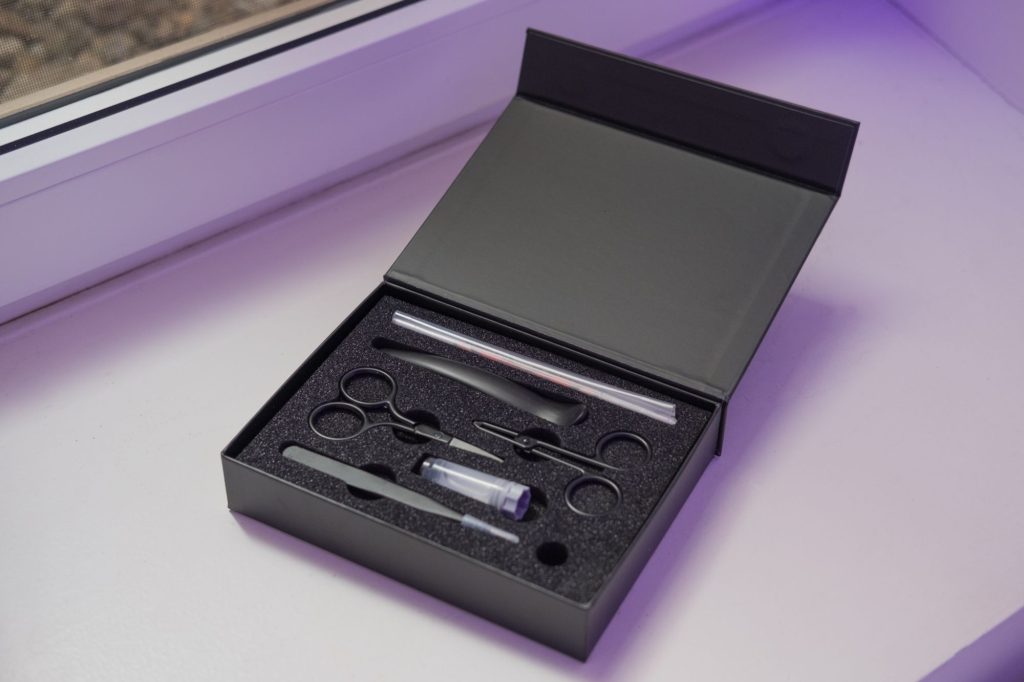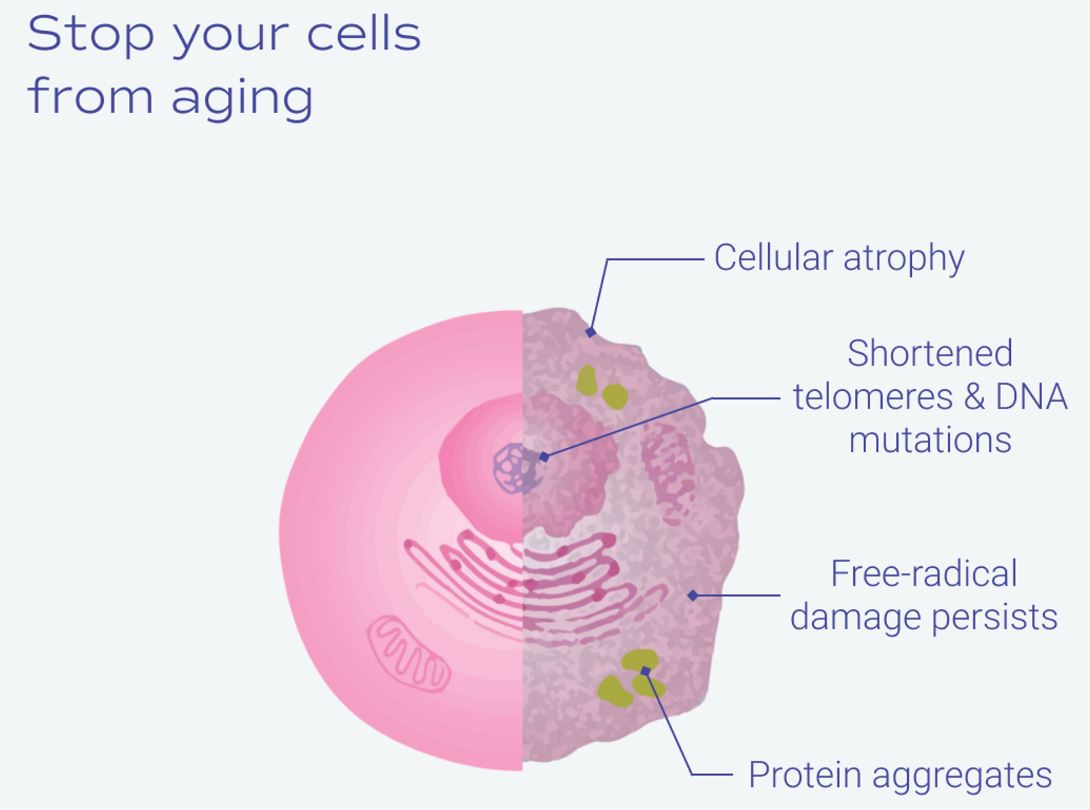Stop your cells from aging

Aging and Balding
Let’s face it, aging provides ample surprises and challenges. While there are often more serious issues like disease to worry about, things like hair loss and skin appearance are extremely common and ultimately very visible. Research has found that 16% of men between 18-29 experience balding, whereas 53% of men between 40-49 experience balding. Scientists from American Hair Loss Association (AHLA) estimate 50% of women and 85% of men in the U.S. will experience balding in their lifetime. In an age where Zoom calls and social media constantly put our looks on camera, it’s not surprising we want to look our best. However, what we are not told is that androgenetic alopecia, the most common type of balding in men, is also associated with mental health complications. Multiple studies have found that patients with androgenetic alopecia have one and half times the chance of being diagnosed with mental illnesses, and almost two times the chance of being diagnosed with depression. To address balding, researchers are currently working on multiple cell-based hair loss treatments, aiming for hair regrowth and hair transplant. These regenerative therapies have the potential of opening up a whole new approach to treating hair loss, but first, let’s look at the causes of hair loss.

What is Genetic Hair Loss?
Androgenetic alopecia (AGA), most commonly referred to as male pattern hair loss (MPHL) or female pattern hair loss (FPHL) results from a lack of hair growth in certain parts of the scalp. Human hair naturally grows in cycles. The growth phase, or anagen phase, lasts usually between 2-6 years. This is followed by the rest phase, or telogen phase, which could last up to 100 days. Hair follicles in the balding region of patients diagnosed with genetic hair loss stay in the dormant telogen phase its entire cycle, resulting in little hair growth. This means, in most patients with female or male pattern baldness, the number of structurally intact hair follicles on their scalp remains similar to people without AGA or genetic hair loss. Scientists believe the key factors behind pattern hair loss are either the presence of some growth-inhibiting factors or the lack of some important cell populations.
Regenerative Hair Loss Treatment
One way regenerative therapy can help with female and male pattern baldness is by injecting hair follicle stem cells into the balding regions. A group of researchers from Italy found that two injections of the patient’s own hair follicle stem cells to the site of balding can increase the hair density by roughly 30% within 220 days. In procedures, scientists begin by taking a scalp tissue sample from a region of the patient’s head unaffected by balding. The scalp tissue is then processed with a centrifugation (spinning) machine to isolate the hair follicle stem cells from the sample. The patients are injected with the stem cells twice during a 60 day period. This study clearly demonstrates injecting stem cells into a balding site is a safe and effective way of treating pattern baldness or genetic hair loss. Another approach scientists explored for treating genetic hair loss is by using tissue-engineered hair follicles. Research is currently underway to use induced pluripotent stem cells (iPSCs) to generate specialized cell types in hair follicles. The aim of this approach is to fabricate hair follicles outside of the human body.
Where are we right now?
In the past decade we have made great strides in hair follicle research. We now understand the architectures of hair follicles better and have multiple potential avenues for balding treatment opened before us. For now, fully engineering a hair follicle from scratch remains a challenge yet to be solved. This means most up and coming trials in hair loss treatment will, for the foreseeable future, take the route of stem cell therapies like the ones previously mentioned. Regardless, advances in hair regeneration research are quickly accelerating, and on the horizon is a new era of commercial regenerative hair loss treatment.
How Can You Prepare For Regenerative Balding Treatments?
It’s only a matter of time before the experimental treatment we see today gives way to commercialized treatment available for everyone. Most of us will suffer from balding or hair loss at some point during our life, so it’s best that we start preparing now. The first thing your doctors will require to apply regenerative balding treatment on you will be your cell sample. However, as you age, your cell becomes much less potent for therapeutic use. You can solve this by banking your cells with Ziering Medical and Acorn. With the cryopreservation technique Acorn offers today, you can freeze the clock and stop aging in your cells now. This will shield them from any damage they may accumulate over time, and keep them preserved for your use in the future. Get in touch with us now to schedule your hair regeneration consultation and hair follicle collection appointment so we can bank your cells and secure your future with tomorrow’s regenerative medicine.
